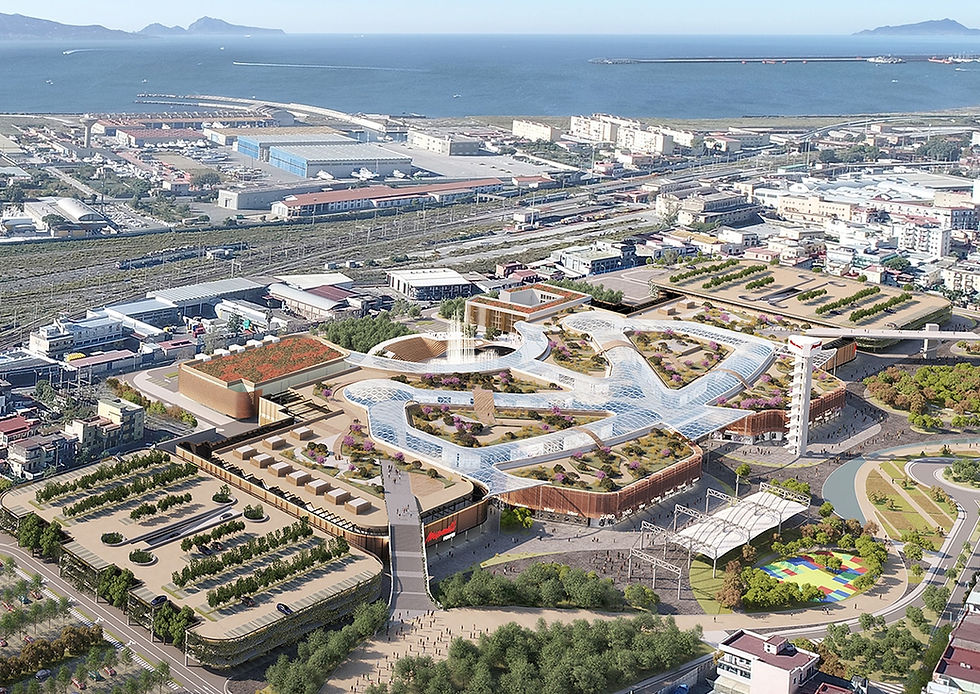
Activities

The Villa of the Mysteries is a remarkably well-preserved Roman villa located on the outskirts of Pompeii. Built in the 2nd century BC and later expanded, it is renowned for its extensive frescoes depicting a Dionysian initiation ritual, believed to be associated with the cult of Dionysus. The villa also features a wine press, highlighting its role in viticulture. Its location offers panoramic views of the surrounding area, providing insights into Roman life and religious practices.

Torre Annunziata, located near Pompeii, is home to several significant Roman villas, including Villa A (Villa of Poppaea) and Villa B (Villa of Lucius Crassius Tertius). These villas are notable for their well-preserved frescoes and mosaics, offering insights into the opulent lifestyles of the Roman elite. The site contributes to the understanding of Roman suburban architecture and domestic life.

Maximall Pompeii is a modern shopping and leisure complex located in Torre Annunziata, just under 1 km from the Pompeii archaeological site. Officially opened on December 14, 2024, it stands as the largest shopping center in Europe, covering over 150,000 square meters and featuring more than 150 stores, 30 restaurants, a cinema, a theater, an auditorium, and a hotur image

The Sorrento Coast is a stunning stretch of coastline in southern Italy, overlooking the Bay of Naples. Known for its dramatic cliffs, crystal-clear waters, and charming towns like Sorrento, it is a popular destination for visitors seeking a mix of natural beauty, history, and Italian culture. The region is famous for its lemon groves, handmade ceramics, and delicious cuisine. With views of Vesuvius in the distance, the Sorrento Coast is a perfect gateway to nearby attractions such as Capri, Ama

Mount Vesuvius is one of the world’s most famous volcanoes, best known for its catastrophic eruption in 79 AD that buried the Roman cities of Pompeii and Herculaneum. Located near Naples, Italy, it stands about 1,281 meters (4,203 feet) tall. Vesuvius is the only active volcano on mainland Europe and is closely monitored due to its potential danger. Today, it is part of a national park, offering hiking trails to the summit and panoramic views of the Bay of Naples. The crater reveals the raw powe

Herculaneum was a prosperous Roman town that, along with Pompeii, was destroyed by the eruption of Mount Vesuvius in 79 AD. Unlike Pompeii, Herculaneum was buried under a deep layer of volcanic material, leading to exceptional preservation of wooden structures, furniture, and even organic materials. The site offers a unique glimpse into Roman urban life, with well-preserved houses, thermal baths, and the Villa of the Papyri, which contained a vast library of carbonized scrolls.
